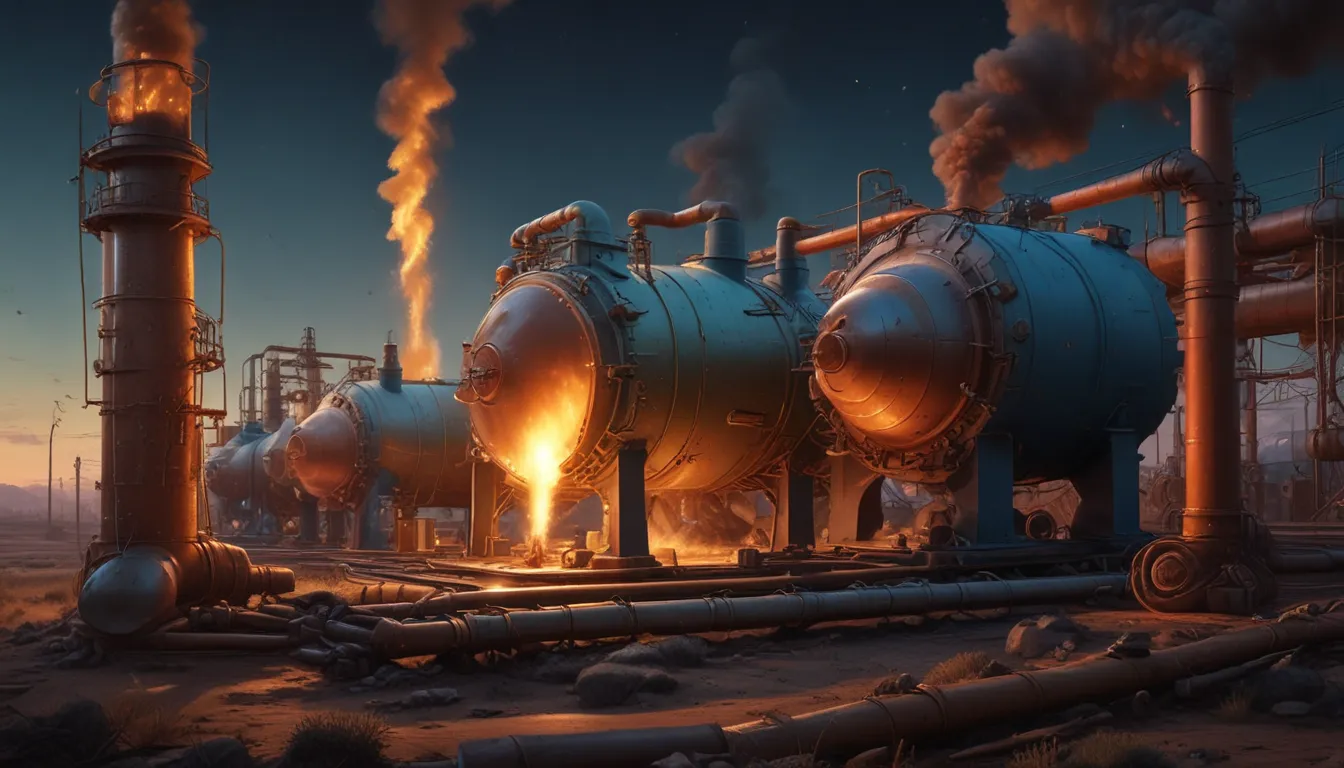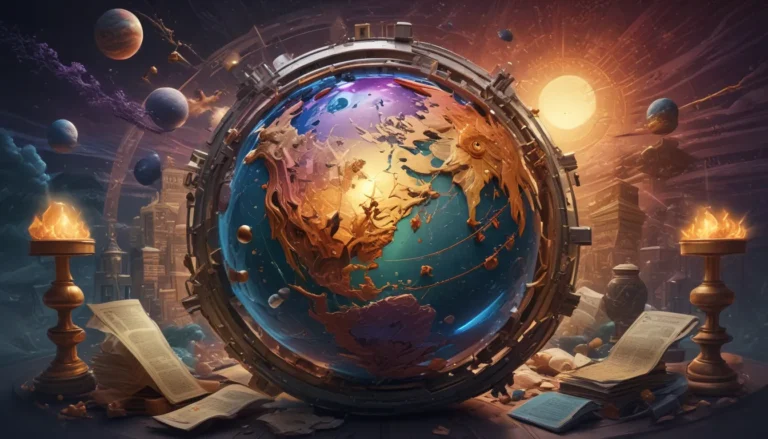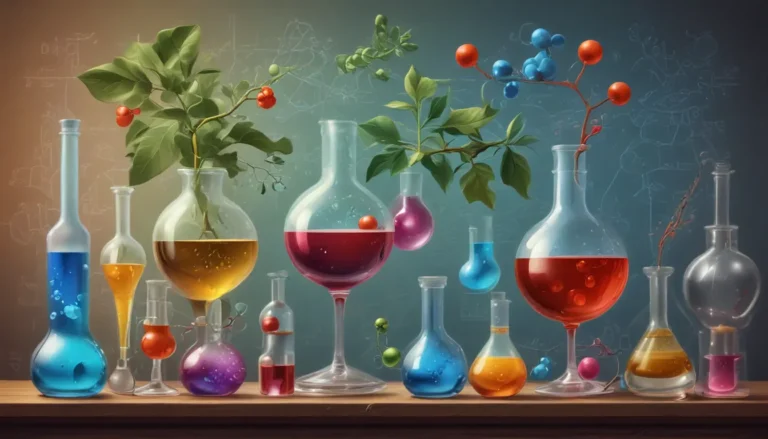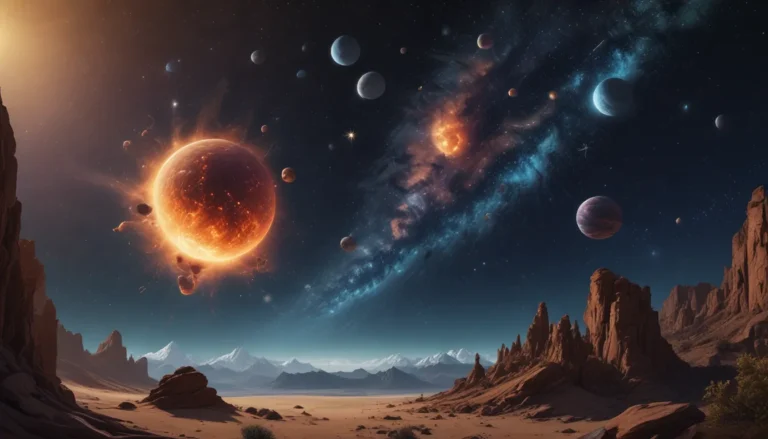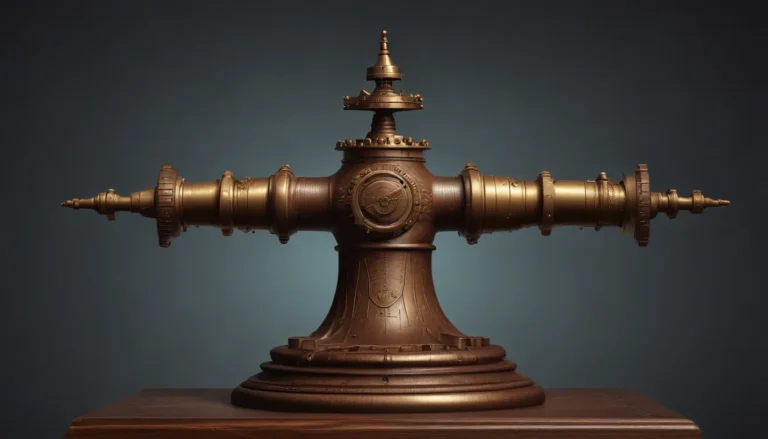A Note About Images: The images used in our articles are for illustration purposes only and may not exactly match the content. They are meant to engage readers, but the text should be relied upon for accurate information.
Gas is a ubiquitous entity that permeates our daily lives, yet its enigmatic nature often eludes our understanding. While we may grasp the basic concept of gas as a state of matter, the intricacies of real gas remain shrouded in mystery. Real gas, with its distinctive properties and diverse applications, serves as a captivating subject that beckons exploration and discovery.
Unveiling the Enigma: The Behavior of Real Gas
Real gas, characterized by its deviation from ideal gas behavior, exhibits a complexity that stems from intermolecular forces and molecular size. Unlike ideal gases that possess no volume and are devoid of intermolecular interactions, real gases showcase a rich tapestry of attractive and repulsive forces between molecules, rendering their behavior dynamic and multifaceted.
Delving into the Unseen: Condensation in Real Gases
Under specific conditions of low temperature and high pressure, real gases undergo condensation, undergoing a transformation from the gaseous state to a liquid or solid state. This intriguing phenomenon, absent in ideal gases, highlights the dynamic nature of real gas behavior under varying environmental factors.
Unlocking Boundless Potential: Liquefaction at Critical Temperatures
Every gas harbors a critical temperature, beyond which liquefaction becomes an insurmountable feat, irrespective of external pressure. Real gases, however, can transcend this critical threshold, transitioning into a supercritical fluid state brimming with possibilities and novel properties.
Bridging the Divide: Real vs. Ideal Gases
Through compression, gases assume a denser molecular configuration, intensifying intermolecular forces and yielding a behavior that straddles the realms of real and ideal gases. This compression catalyzes a transformation in real gases, aligning their characteristics more closely with their ideal gas counterparts.
Unveiling the Enigma: Van der Waals Forces at Play
Van der Waals forces, encompassing dipole-dipole interactions and London dispersion forces, exert a significant influence on the behavior of real gases, orchestrating a symphony of molecular interactions that defy the confines of the ideal gas law.
Unraveling the Mysteries: Deviations at Low Temperatures
Real gases exhibit pronounced deviations from ideal gas behavior under low-temperature conditions, driven by the heightened impact of intermolecular forces. Alternative equations of state, such as the van der Waals equation, offer insights into the intricate dance of molecules in the realm of real gas.
Embracing Complexity: Non-Zero Molar Volumes in Real Gases
In stark contrast to their ideal gas counterparts, real gases boast non-zero molar volumes, underscoring the significance of molecular size and intermolecular interactions, particularly under elevated pressures.
In Conclusion: Navigating the Intricacies of Real Gas
Real gas, with its labyrinthine characteristics and dynamic behavior under diverse conditions, stands as a testament to the wonders of the natural world. By delving into the realm of real gas, we unveil a treasure trove of insights that not only deepen our understanding of physical phenomena but also propel us towards innovation and discovery in myriad industries.
FAQs: Your Gateway to Deeper Understanding
-
Q: What is a real gas?
A: Contrary to ideal gases, real gases deviate from ideal behavior due to intermolecular forces and finite molecular volumes. -
Q: How do real gases differ from ideal gases?
A: Real gases exhibit intermolecular attractions, occupy finite volumes, and display deviations from the ideal gas law under specific conditions. -
Q: What are some applications of real gas?
A: Real gas behavior influences natural gas pipelines, gas engine combustion, and atmospheric composition studies, among other practical applications. -
Q: What causes deviations from ideal gas behavior?
A: Interactions between molecules, finite molecular sizes, and variations in pressure and temperature can induce deviations from ideal gas behavior. -
Q: How is real gas behavior studied?
A: Experimental observations and mathematical models, like the Van der Waals equation, assist in elucidating the complex behavior of real gases.
Embark on a journey of scientific discovery, as we unravel the enigmatic realm of real gas and unveil its hidden wonders. With each revelation, we invite you to delve deeper into the captivating world of chemistry, where curiosity blossoms and knowledge flourishes. Join us in this odyssey of exploration, as we illuminate the path to understanding the complexities of real gas and ignite a passion for discovery in your scientific endeavors.
